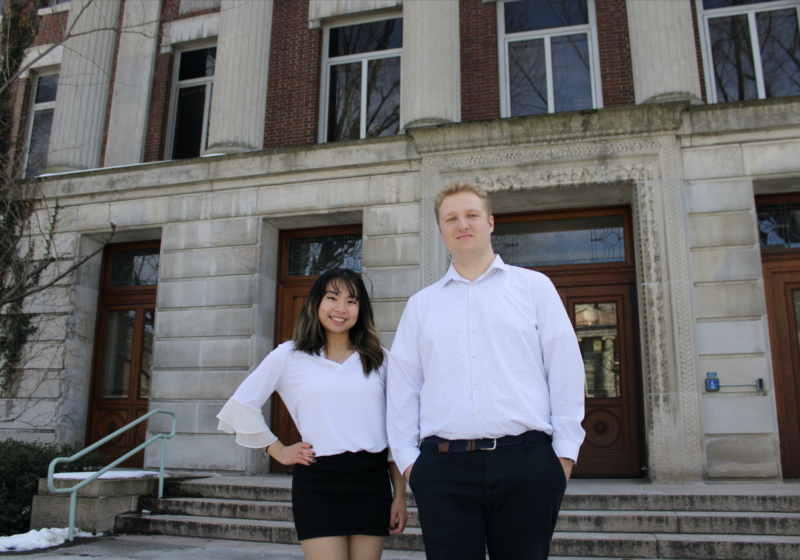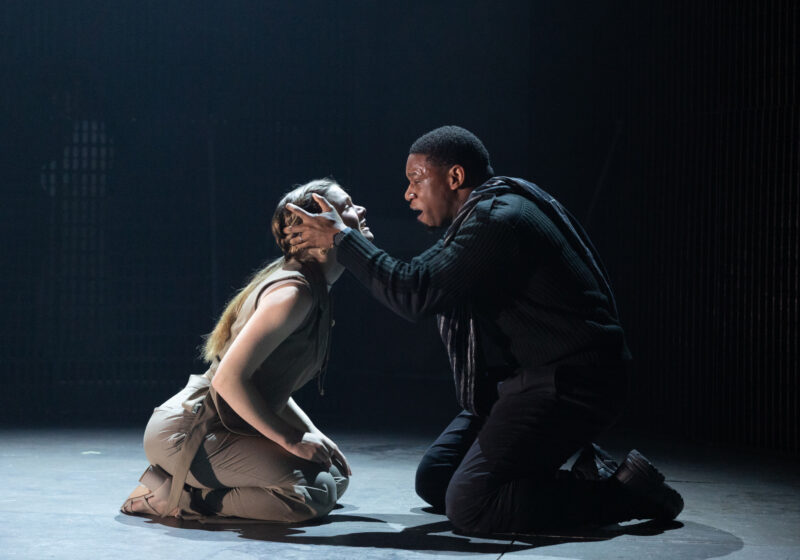Diplomacy can be amazing when done correctly. It’s a testament to the unwavering ideal of peace that the United States is even trying to make a deal with a country like Iran, which has been as violently unhelpful to its own cause as one could be. Though the clear goal of the Iran deal is to prevent Iran from acquiring a nuclear weapon, there also lies an ever-present goal: moving toward long-lasting peace in a volatile region more in need of understanding and patience now than ever before.
The actual details of the deal are far more important than any discussions about “war-mongering,” any televised advertisement for either side or any accusations of being “un-American” (whatever that means). What’s important is how effective this deal will be in preventing Iran from acquiring a nuclear weapon and taking a major step toward building peace in the region.
I believe President Obama and Secretary Kerry when they say that this was the best deal they could’ve gotten, but my belief is severely tested when neither is willing to admit that this deal is seriously, fundamentally flawed.
Not only does this deal disallow the comprehensive “anytime, anywhere” inspections that would assure Iran’s compliance, but it also sets a dangerous precedent in the Middle East. Capitulating to Iran on multiple key points without any semblance of a strong inspection regime, any disclosure of Iran’s history of uranium enrichment, any commitment to ceasing sponsorship of global terror or any release of Americans held captive in Iran endangers lives across the world.
How did we end up with such a raw deal? Most would reason that we negotiated from a position of weakness, as the declawing of worldwide economic sanctions on Iran soothed its desperation. Opponents of this idea assert that Russia and other nations were also prepared to lift their sanctions, which would’ve resulted in the same outcome anyway.
But, there’s no indication that more than a handful of countries were willing to end their sanctions, and now that the deal will end all sanctions—which means the unfreezing of Iranian assets abroad and the end of the embargo on Iranian oil, which has cost the Iranian government an estimated $160 billion since 2012—foreign bodies will have little power to intercede if they suspect something is afoot.
Though in the agreement there are red lines that Iran is forbidden from crossing, it seems those lines were drawn with far too broad a brushstroke. For example, the U.N. will uphold an arms embargo on Iran for at least the next five years, but that number can be sanded down if the International Atomic Energy Agency (IAEA) finds that Iran’s nuclear program has remained peaceful. Where is the specificity there? How many different ways can that be interpreted?
Perhaps the most confusing part of this deal is how it details the frequency with which the IAEA will be able to inspect Iran’s nuclear and military facilities. The IAEA will be given free range to monitor Iran’s declared nuclear sites; but, in order to inspect their military sites, it must go through a process that could take weeks, ample time to obscure weaponization material. Additionally, any requests made by the agency to inspect military sites can be challenged by the Iranian government, in which case a request goes to an arbitration panel that decides whether an inspection can take place.
The fact is, this deal will pour money into a country that sponsors terrorist groups, like Hamas and Hezbollah, while also funding the Assad regime in Syria, which has killed thousands of its own people and displaced millions more.
The Iranian government has done little to demonstrate that it’s prepared to take meaningful steps toward peace and has given no reason to believe it wouldn’t take steps toward acquiring a nuclear weapon when this deal expires a decade from now.
A deal is preferable to no deal, but if a good deal is ever to come, the U.S. needs to know when to walk away from a bad one. I suppose taking a leap of faith is part of diplomacy, but, sometimes, the best thing one can do is walk away from the ledge.
Bernstein is a member of the class of 2018.





